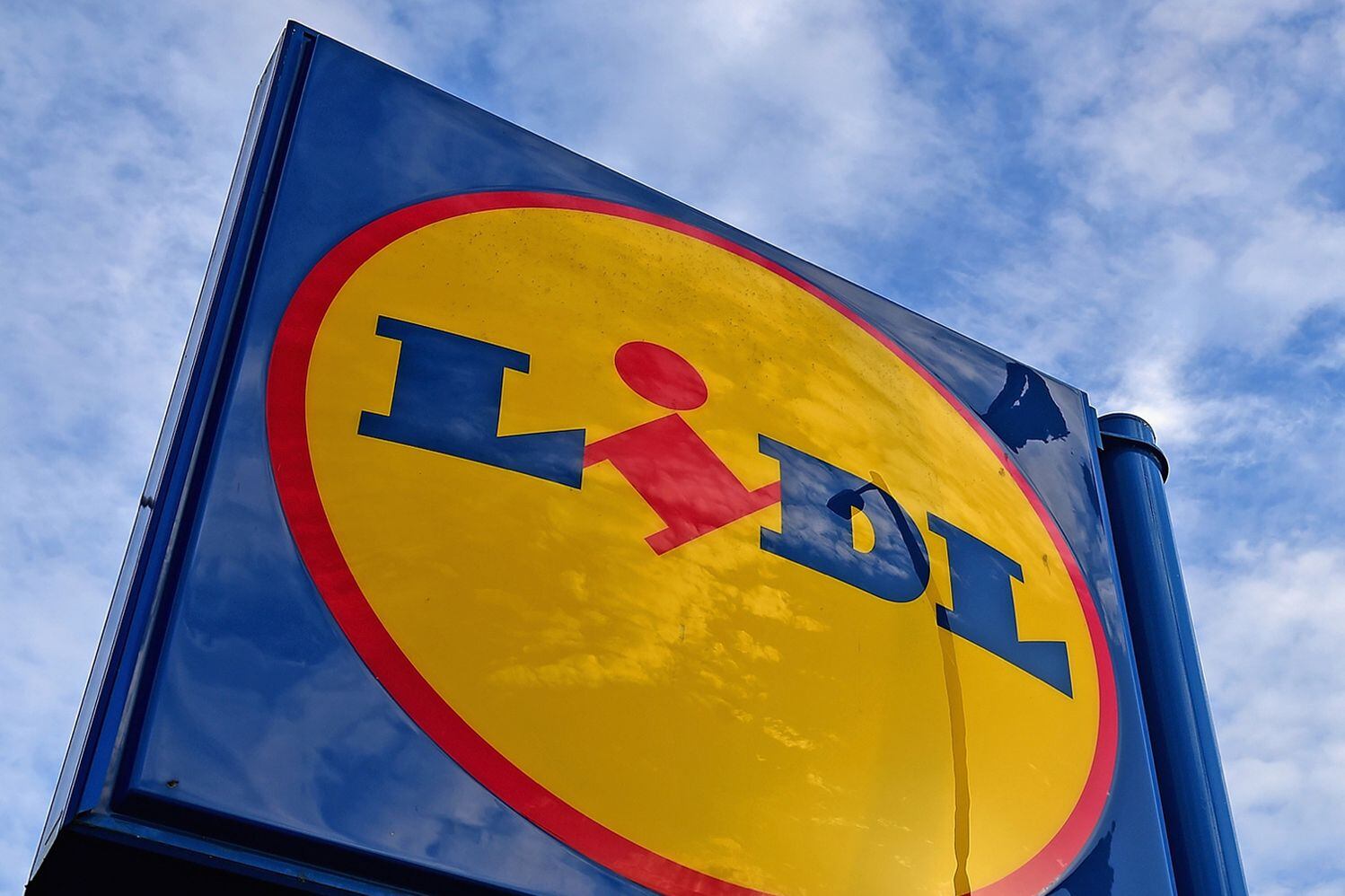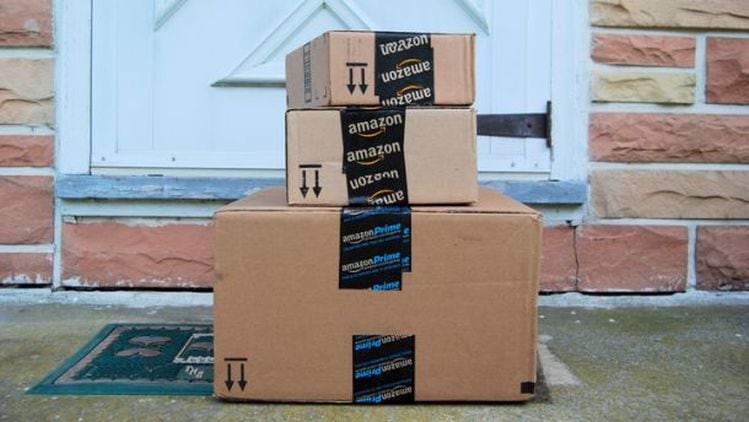Groceries sales for the e-commerce behemoth grew by about 45% in 2018 compared to 2017 (down from a 60% 2016-2017 growth rate). Of the nearly $3bn Amazon grocery sales, nearly half fell under the coffee and cold beverages category and non-perishables (snacks and cereal).
“Amazon has spent years trying to expand grocery beyond these limited categories and get fresh food off the ground, but with little success. Programs like Prime Pantry and Amazon Fresh have failed to convince shoppers to turn to Amazon for their fruit, vegetables, meat and other perishables,” Edge by Ascential noted.
Amazon Prime Pantry allows online shoppers with a Prime membership to shop for nonperishable food products and household items for a monthly or annual fee. However, usage of the service has been lower than anticipated.
Amazon Fresh is a grocery delivery and pickup service (at Whole Foods stores) available to Prime members for an additional monthly fee selling perishable food and beverage items across fresh categories (dairy, deli, bakery, fresh fruit, meal kits, and beverages). However, user satisfaction of the service is fairly low, nearly half (49%) of Amazon Fresh reviews fall in the one- to two-star range.
While Amazon has maintained its lead as the most popular online retailer for groceries, it’s facing some stiff competition from other direct-to-consumer platforms (i.e. Walmart.com. Jet.com, and Instacart). According to a survey of more than 1,200 consumers by RBC Capital Markets, 74% of consumers named Amazon as their first choice for online grocery in 2017, but in 2018 that figure dropped to 38%.
‘Fresh is at the heart of shopping’
Edge By Ascential predicts that Amazon will go full force into strengthening its Amazon Fresh platform and rethink its Prime Pantry business model.
“Amazon has no intention of giving up on fresh food, they just need to change their strategy. We predict that Amazon is finally going to discontinue the sub-par Pantry service – or at least merge it into another program like Prime Now or Fresh – and go all in on brick and mortar grocery sales,” the firm said.
Online shopping for fresh food presents unique challenges to shopping for other grocery categories as consumers have to relinquish some control over the food selection process, especially for produce.
According to consumer market research firm Mintel, more than three-quarters (78%) of consumers are wary of the freshness of grocery items and 63% have food safety concerns for items that they buy online.
“Consumers still value their ability to see, touch and smell before buying, so why not give them what they want?” Edge by Ascential commented.
Last week, The Wall Street Journal reported that Amazon will be adding more Whole Foods stores across the US including in more suburban areas in order to put more customers within range of the retailer’s two-hour delivery window and store pick-up service option.
The e-commerce behemoth is reportedly also exploring introducing more of its checkout-free Amazon Go stores into several US airports.
"These moves underscore the ecommerce giant's understanding that brick and mortar retail is key to winning the grocery market, and Amazon is committed to doing so," Edge by Ascential noted.
Edge by Ascential added that it foresees these retail strategies paying off over the medium term and advises food and beverage brands selling on Amazon to retool their operating models to be able to respond to the influx of demand once it does hit.
“Fresh food is at the heart of shopping. When Amazon Grocery finally hits, it will mean consumers are spending even more time with Amazon's properties – both online and offline – and brands will need to do the same,” noted the Edge by Ascential noted.
“Out of stocks are one of the biggest issues for grocery delivery, with substitutions often made with store brand or competitors. Brands will need hyper local monitoring capabilities to forecast inventory as well as to monitor regionalized pricing and promotions.”



